The prime minister inaugurated Chashma-5, a 1,200 MW nuclear plant, after Ecnec approval in July 2023. The project reportedly cost around $4 billion. We have decided to spend this money on an unnecessary project when the country is on the brink of economic collapse.
In 2021, the Council of Common Interests approved the National Electricity Policy. The policy aims to provide affordable electricity. It requires planners to use modelling for generation expansion planning. They must choose the least-cost technology and fuel.
Chashma-5 was not selected in the generation plans in any modelled scenario. Cheaper options exist to meet the projected demand. Chashma-5 replaces Thar coal in the expansion plan, the other baseload option. A 2021 analysis found that Chashma-5 would raise total annual power costs by $500 million compared to the least-cost plan.
The Pakistan Atomic Energy Commission supports Chashma-5, citing its low cost over the project’s 60-year lifespan. However, the levelised cost is not the right measure. The first 20 years of the tariff, which include the debt repayment period, are more relevant for analysis.
Nuclear power generation is no longer a strategic investment for Pakistan as it once was. It is only a technology choice now — an expensive choice. There is no technical or economic justification for this choice. Today, solar projects can replace some existing power schemes if their tariff is below the variable generation cost. Otherwise, Pakistan does not have a supply problem today; it has a demand problem.
One of the issues at the root of Pakistan’s electricity problems is unsustainable demand.
Pakistan has seen electricity as a supply problem. It has invested in new power projects, ignoring their long-term impact. The generation pipeline, even without Chashma-5, is unaffordable. The cost of power will further increase with the planned generation projects. Engineers plan the power capacity to meet 100 per cent of the peak demand. The quality of demand is not a criterion. Low-quality demand is electricity consumption that does not produce any economic output.
One of the issues at the root of Pakistan’s electricity problems is the unsustainable demand. Industrial consumption of electricity is a good indicator of that. In 2022-23, the industry consumed only 31,000 GWh (27pc) of electricity from 113,000 GWh. The industry consumed 42pc of electricity in India in the same year. Bangladesh sells 50pc of its electricity to industries. China sells 60pc of its electricity to its industrial sector. In Pakistan, the higher cost of electricity is further reducing industry’s demand. Industry consumed 8.5pc less electricity in 2022-23 than in 2021-22.
Today, residential consumers use half of the electricity produced in the country. Most of the electricity generated does not produce economic output or jobs. We use imported machinery and fuel to produce electricity to meet this demand.
Residential electricity use also contributes to raising electricity prices in two ways. The first impact is seasonal non-utilisation of generation capacity. Space cooling (air conditioning) drives the peak demand in homes. This results in seasonal variation in demand. In FY 2022-23, summer peak demand averaged 29,000 MW. In winter, it was only 18,000 MW. The second impact of residential-dominated consumption is on the average system losses. Industrial supply is often at a higher voltage with T&D losses of 3pc to 5pc compared to 8pc to 10pc for residential supply.
The electricity consumption pattern has deteriorated over the last few decades. In 1980, industry consumed around 36pc of the electricity and residences less than 18pc. The demand profile worsened in the previous 40 years, and we added costly power plants to meet this demand. To illustrate this, between 2010 and 2020, annual industrial electricity use increased by 9,000 GWh. Only one 1,320 MW coal power plant can produce this amount of electricity. It was enough to serve the growth in industrial consumption during that period.
Pakistan needs economic growth. It has a circular problem: it needs cheaper electricity to boost industry, but it needs more industry to lower electricity costs. Natural gas and electricity prices are sensitive to foreign exchange rates. Even Thar coal is dollar-indexed, increasing the economy’s vulnerability.
The gas-based captive power industry uses over 10,000 GWh of electricity a year. Shifting this industry to the electric grid can lower electricity prices. It would cut the T&D losses and spread the cross-subsidy among more consumers.
Developing countries like Pakistan cannot afford to serve the growing non-economic demand. Policymakers may need to consider a 20-year policy of summer loadshedding for the domestic sector. Or they could use a load curtailment policy. Load curtailment means reducing the residential peak demand in summer. Each customer will have a limited maximum allowed load in summer. If customers exceed the summer limit, they must pay a penalty for overloading the system and a higher tariff. Distribution companies can implement load curtailment billing with existing meters. Shaving the peak load will reduce the need for more generation projects.
Policies like load curtailment and loadshedding have a political aspect. They go against citizen expectations. Political parties must own the policy and communicate its needs to the people. Electricity access and supply are part of the political economy. All citizens must have access to electricity. Supply could be only to a manageable extent.
Available solutions to economic problems are complex and political. The collapse is easy to foresee without a legitimate political government implementing reforms.
Writing about policies in today’s institutional and political chaos feels odd. Nonetheless, we should reform the sector, manage demand, and plan for cheaper electricity. Pakistan should abandon Chashma-5. It should focus on the Thar coal cluster for future baseload power. It must use competitive bidding to contract new power plants. It should only do this at the right time and for the required capacity. It needs to focus on industrial supply and suppress residential demand. These will fix some structural issues and support the economy.
The writer is a former Member Energy of the Planning Commission.
Published in Dawn, September 7th, 2024
The article has been amended upon the writer’s request.


















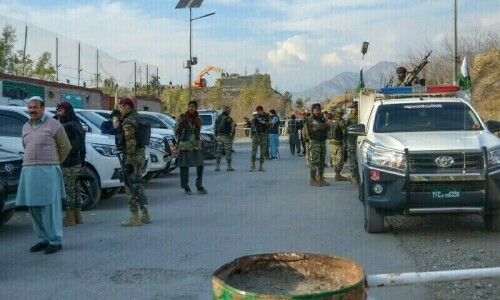

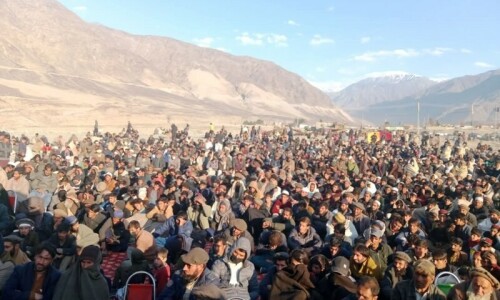
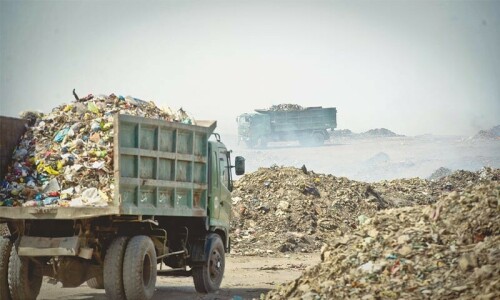
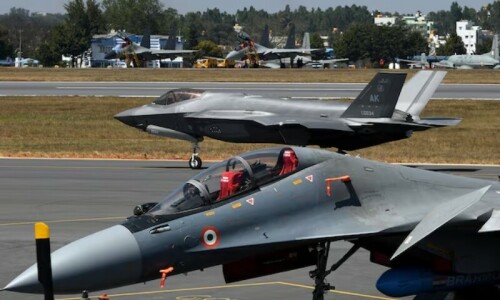


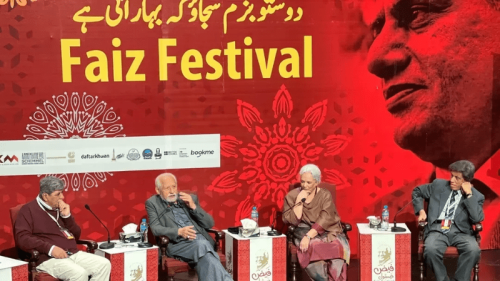














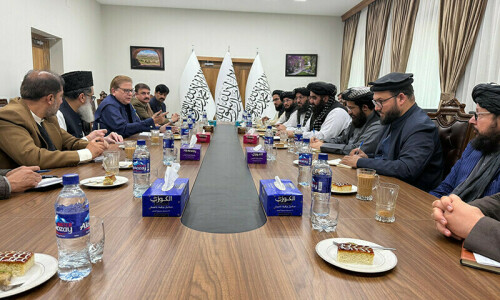





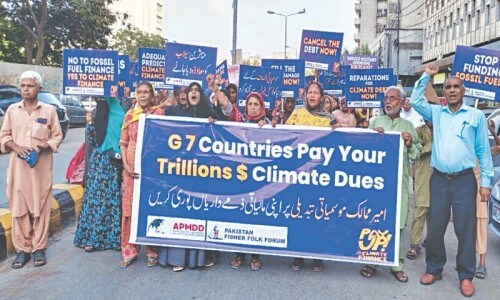
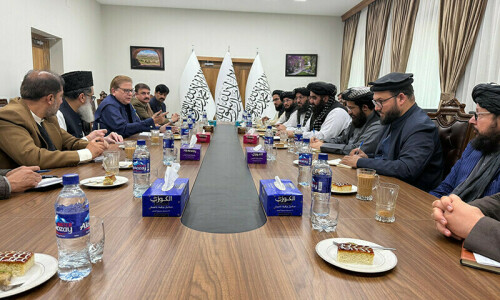


Dear visitor, the comments section is undergoing an overhaul and will return soon.